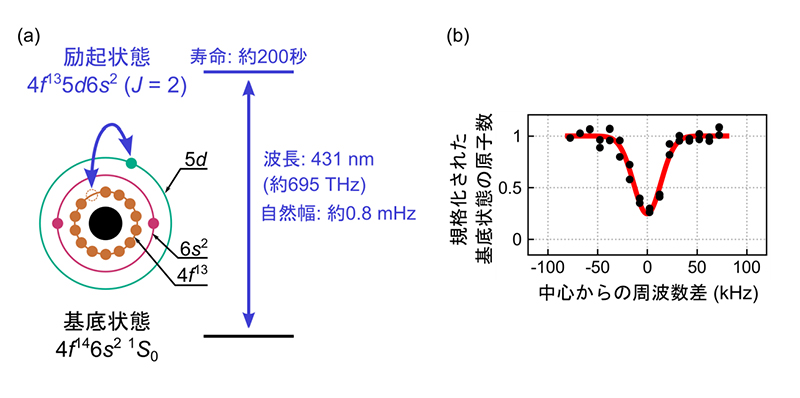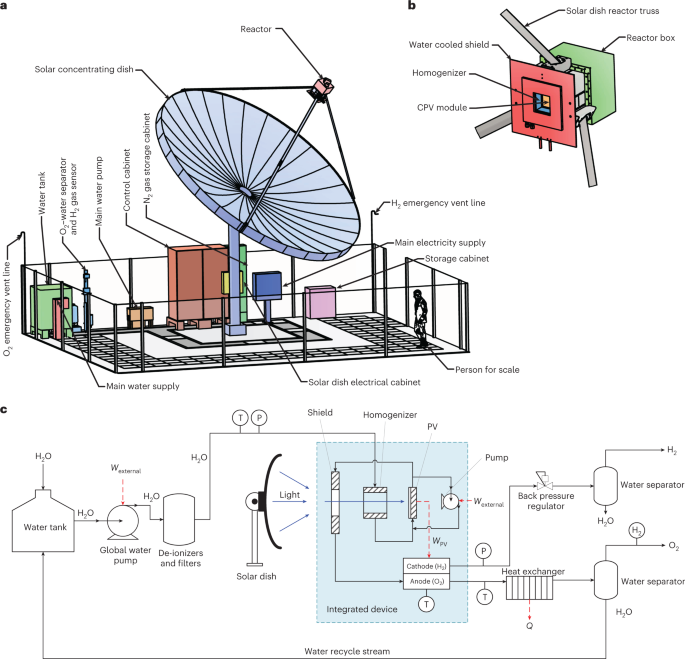2023-04-06 オランダ・デルフト工科大学(TUDelft)
この技術を使って電極材料と電解質を最適化することで、電子機器、電気自動車、再生可能エネルギーグリッドを駆動するためのバッテリーの性能を向上させることができる。この研究成果は、Nature Energyに掲載された。
<関連情報>
- https://www.tudelft.nl/en/2023/tnw/shedding-light-on-battery-materials
- https://www.nature.com/articles/s41560-023-01240-9
紫外-可視スペクトル分析を用いたエネルギー貯蔵における酸化還元過程のモニタリング In situ monitoring redox processes in energy storage using UV–Vis spectroscopy
Danzhen Zhang,Ruocun (John) Wang,Xuehang Wang & Yury Gogotsi
Nature Energy Published:06 April 2023
DOI:https://doi.org/10.1038/s41560-023-01240-9

Abstract
Understanding energy storage mechanisms in electrochemical energy storage devices lays the foundations for improving their energy and power density. Here we introduce in situ ultraviolet–visible (UV–Vis) spectroscopy method to distinguish battery-type, pseudocapacitive and electrical double-layer charge storage processes. On the basis of Ti3C2Tx MXene in aqueous acidic and neutral electrolytes, and lithium titanium oxide in an organic electrolyte, we found a correlation between the evolution of UV–Vis spectra and the charge storage mechanism. The electron transfer number for Ti3C2Tx in an acidic electrolyte was calculated using quantitative analysis, which was close to previous measurements using X-ray absorption spectroscopy. Further, we tested the methodology to distinguish the non-Faradaic process in Ti3C2Tx MXene in a water-in-salt electrolyte, despite well-defined peaks in cyclic voltammograms. In situ UV–Vis spectroscopy is a fast and cost-effective technique that effectively supplements electrochemical characterization to track changes in oxidation state and materials chemistry and determine the charge storage mechanism.



